Mars

The World Next Door
Mars has places that look like Earth, yet it is very different from our world. The surface of this dry and dusty desert planet freezes beneath a thin carbon dioxide atmosphere.
| Distance From Sun | 145.22 million mi (1.5x Earth’s distance from Sun) |
| Structure | iron core, crust and mantle rock |
| Temperature (Planetary Extremes) | Day 68°F (20°C); Night -220°F (-140°C) |
| Mass | 9 Marses = 1 Earth |
| Volume | 7 Marses could fit inside Earth |
| Day | 24 hours, 37 minutes |
| Year | 1 year, 11 months |
| Axial Tilt | 25.2° |
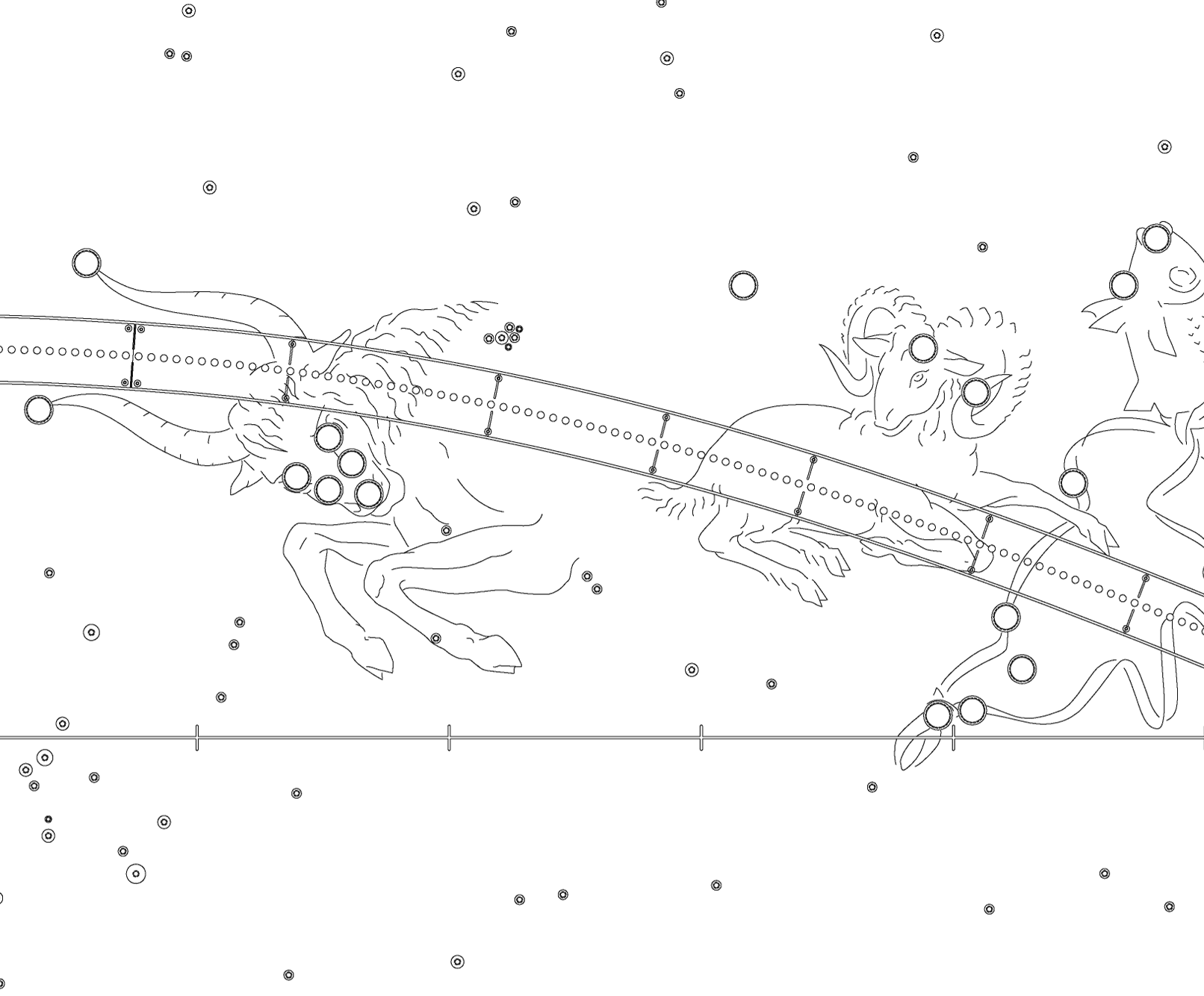
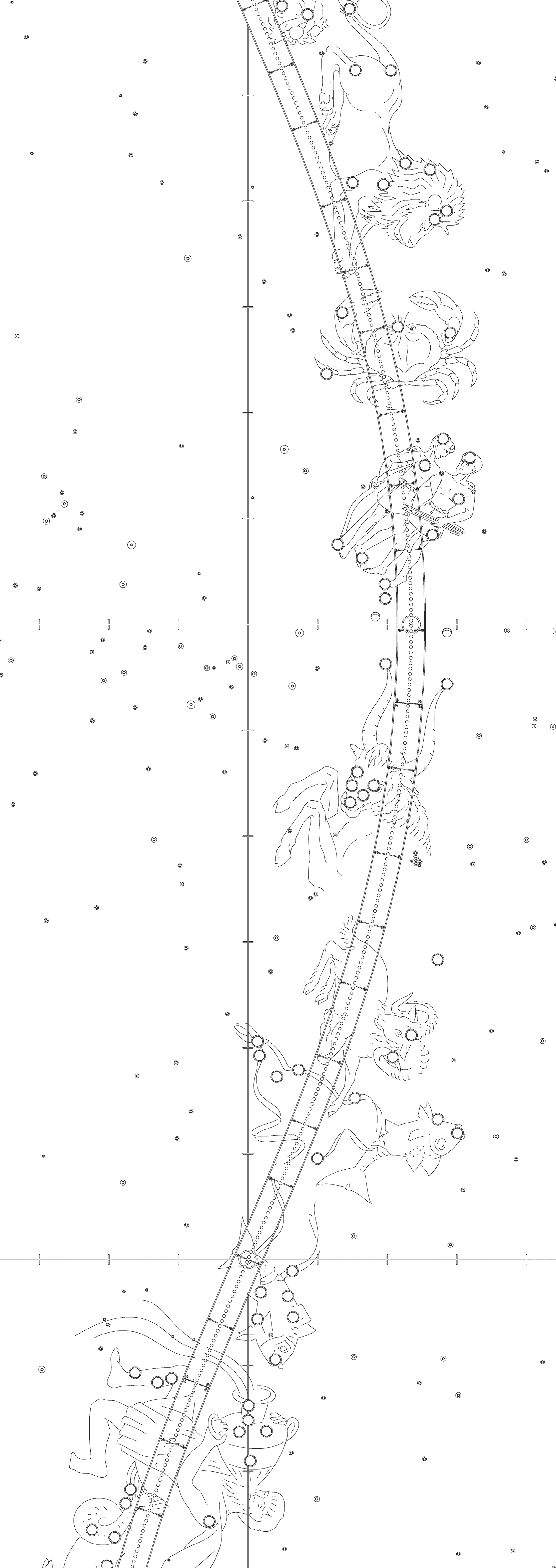
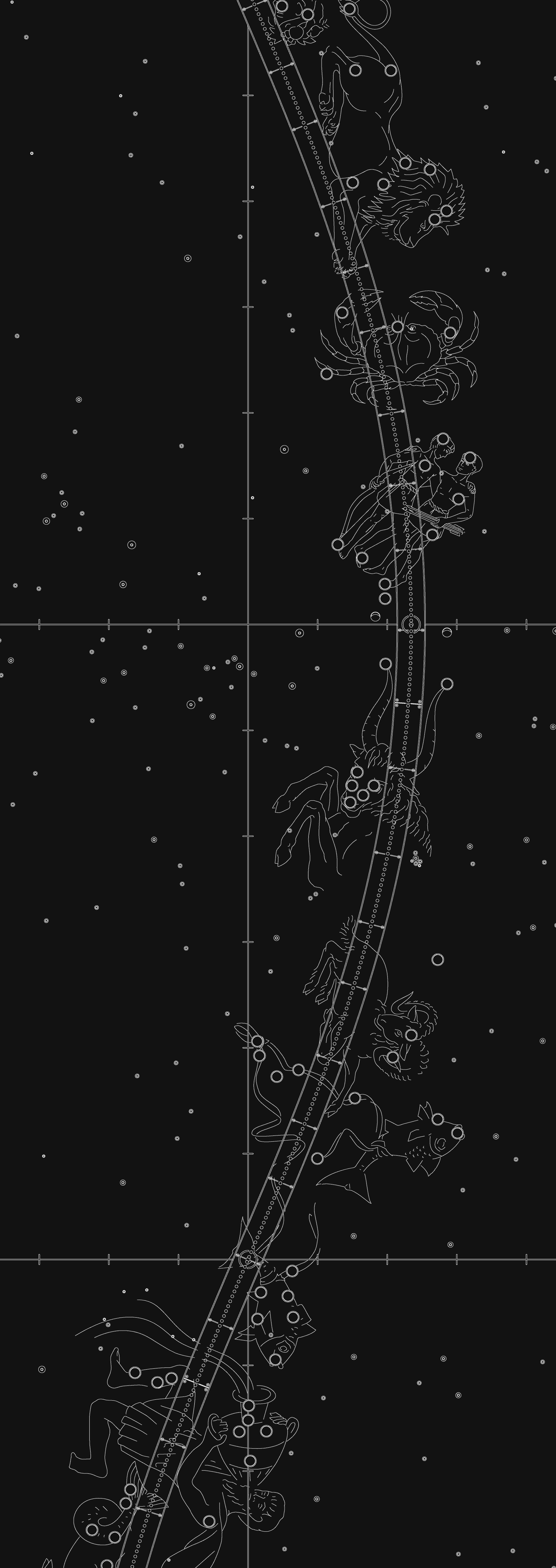
Exploring the Red Planet
Present-day Mars is deserted and quiet. Its canyons, volcanoes, craters, and floodplains indicate an active past.
Forces of Change on Mars

Forces similar to those on Earth shaped the surface of Mars. Volcanic eruptions once spread lava across the Red Planet. Tectonic forces split its rocky crust to form jagged canyons and cliffs. Meteorites created impact craters. The most active process on Mars today is wind erosion, although liquids once flowed across its arid plains.
Carving a Canyon
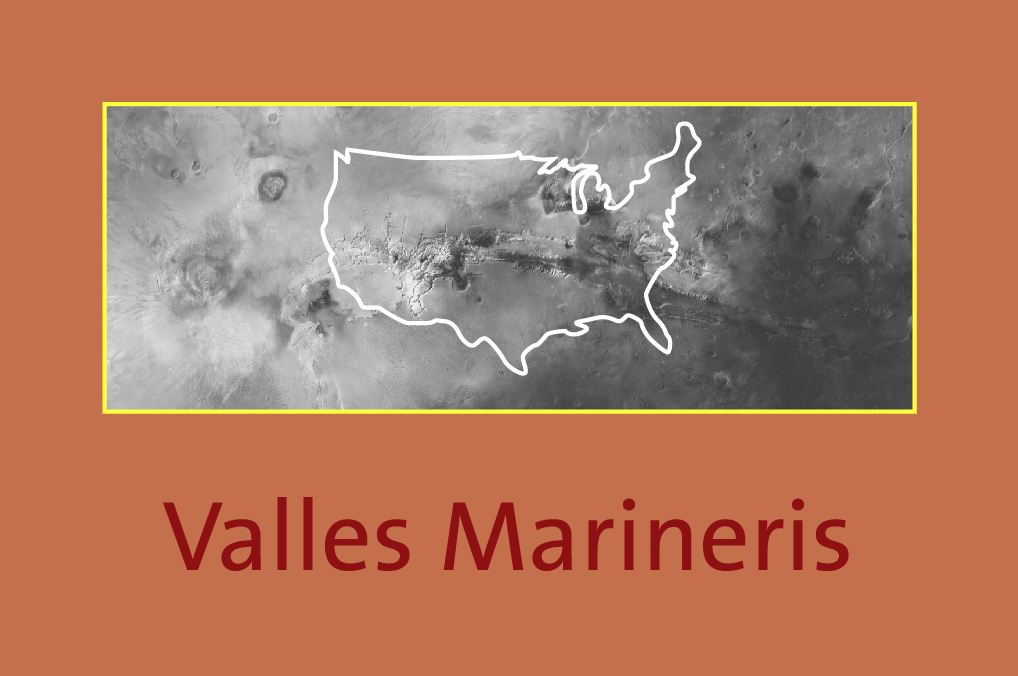
Valles Marineris is a canyon system on Mars. It began as a series of ground faults. Tectonic activity and erosion shaped the canyons into the massive rift we see today. The system is four times deeper than the Grand Canyon and wider than North America.
Exploring the Solar System
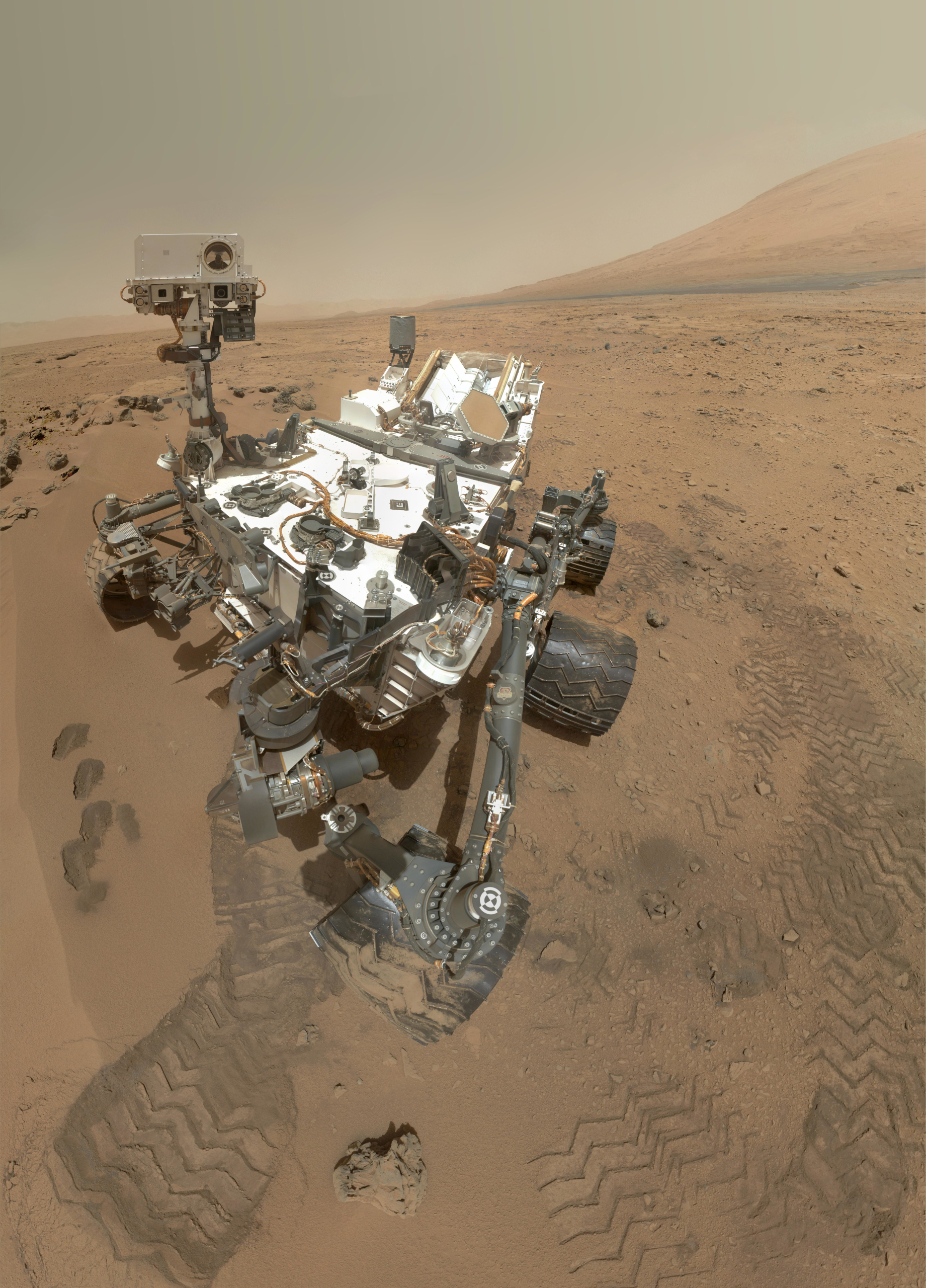
Our exploration of the planets began with robotic orbiters and landers. People will take the next steps, to Mars and beyond, to live and work on other worlds.